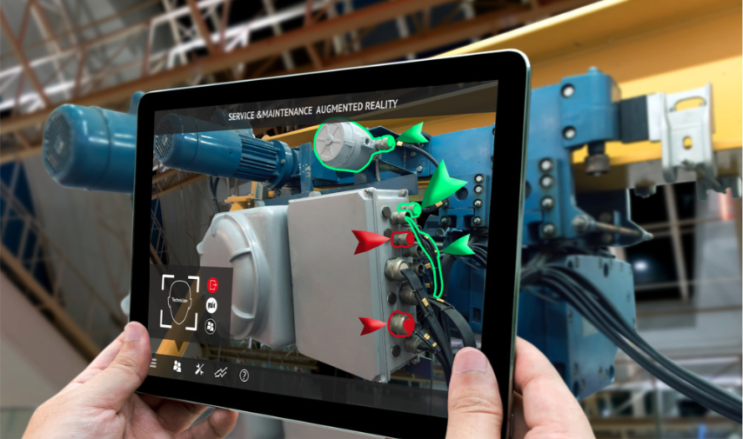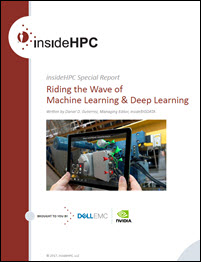This article is part of a special insideHPC report that explores trends in machine learning and deep learning. The complete report, covers how businesses are using machine learning and deep learning, differentiating between AI, machine learning and deep learning, what it takes to get started and more.
Artificial intelligence (AI) and machine learning— decades-old technologies that are now electrifying the computing industry—for all intents and purposes, seem to be in the process of transforming corporate America. But why is AI so hot right now? Many experts believe it’s because, after 50 years of promises that AI was going to solve critical problems, it’s finally working.
We now have applications where everyone who uses a mobile phone or search on the Internet realizes something has changed. The reason is a convergence of multiple forces. First, we have a lot more data. Second, the computing power is just amazing. And third, are incredible breakthroughs in some aspects of AI, especially deep learning. Now, all of a sudden, things are actually starting to come together.
With AI, machine learning and deep learning, we’re just scratching the surface of what’s possible. That’s why researchers at top universities worldwide, large enterprises, and a host of startups are rushing to put deep learning to work.
[clickToTweet tweet=”Adoption of cognitive systems and AI will drive revenues from nearly $8.0 billion to more than $47 billion in 2020. ” quote=”Adoption of cognitive systems and AI will drive revenues from nearly $8.0 billion to more than $47 billion in 2020. “]
Widespread adoption of cognitive systems and AI across a broad range of industries will drive worldwide revenues from nearly $8.0 billion in 2016 to more than $47 billion in 2020 and will experience a compound annual growth rate (CAGR) of 55.1% over the 2016-2020 forecast period.2 This rapidly expanding market has a huge potential across various industry verticals. The major factors driving the AI market globally are the growing number of applications of the technology in various end-user verticals and the growing adoption of AI for the improvement of consumer services. The growth of the AI market is also driven by the development of IT infrastructure and the penetration of smartphones and smart wearables in countries such as India and China.
Widespread adoption of cognitive systems and AI across a broad range
of industries will drive worldwide revenues from nearly $8.0 billion in 2016 to more than $47 billion in 2020 and will experience a compound annual growth rate (CAGR) of 55.1% over the 2016-2020 forecast period.2 This rapidly expanding market has a huge potential across various industry verticals.
It’s time get off the fence now with respect to AI, machine learning and deep learning and to engage a strategic proof-of- concept project today in order to start a path in your organization for adoption of this technology. The specter of established or new technology companies using AI to enter and disrupt their markets is leading many businesses to advance their own AI plans. Delaying these plans will make businesses vulnerable to new tech entrants. Waiting too long may serve to clear the path for competitors to gain a strategic edge with all the technology can deliver. But fortunately, along with the fear of disruption comes the hope of handsome returns.
You can also download the complete report, “insideHPC Research Report on Riding the Wave of Machine Learning & Deep Learning,” courtesy of Dell EMC and Nvidia.





